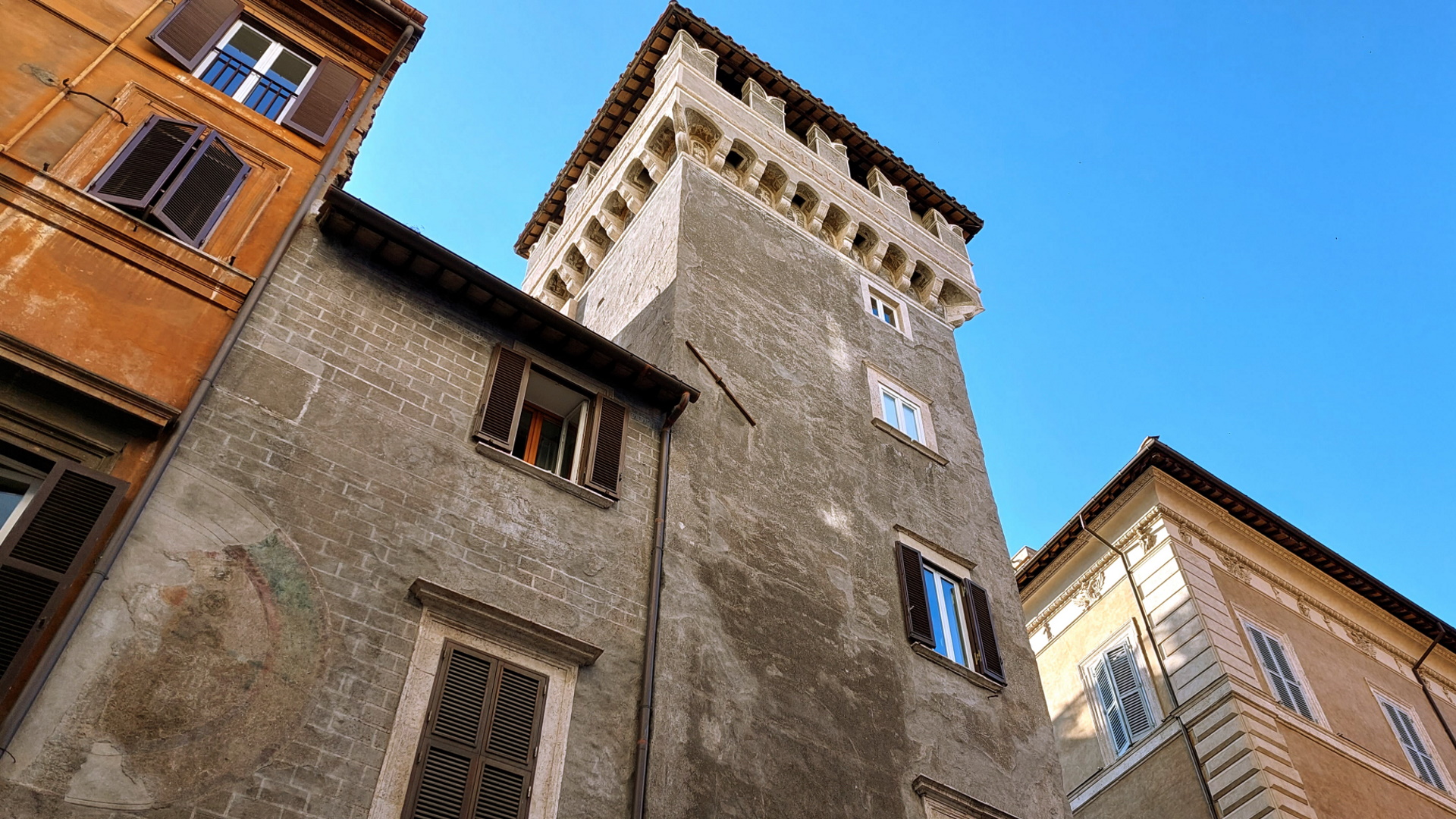
The elegant four-story tower behind Piazza Navona, in the Rione Parione, is one of the few in Rome to have a primarily honorary function. Built on part of the remains of Domitian’s stadium, it most likely dates back to the 13th century, when the city, as recounted by the guides of the time for pilgrims, presented itself to its visitors with a peculiar hedgehog look.
Two centuries later, when the tower was almost in ruins, it was purchased and properly restored by Pietro Millini (or Mellini), a member of one of the most noble and ancient families of Rome, a jurisconsult and antiquities enthusiast, later buried in the prestigious Augustinian church of Santa Maria del Popolo. In the last quarter of the 15th century, during the pontificate of Sixtus IV, the tower was then equipped with additional windows on the first and second floors; two simple two-storey palaces were built next to the tower, which became part of a bigger building complex. The balcony, originally open, with battlements, was closed with a roof and on the four sides there was the inscription “Millina”, which is still clearly legible.
On the occasion of the marriage in 1491 between Pietro’s son Mario and Ginevra Cybo, nephew of pope Innocent VIII, both the tower and the palaces were decorated with monochrome graffiti reproducing candelabra, girals, coats of arms, female nudes, sea gods, cornucopias, bucranos, and other ornamental motifs. Today only a few hints of them remain, particularly below the battlements.
Torre del Papito
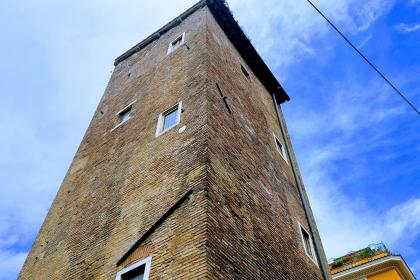
 Condividi
Condividi
Torre de' Conti
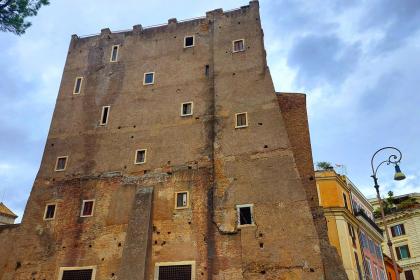
 Condividi
Condividi
Torre delle Milizie - Tower of the Militia
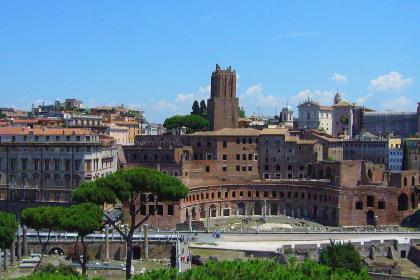
 Condividi
Condividi
The heart of Rome: Piazza Navona and Campo de' Fiori
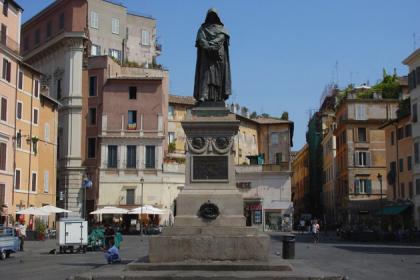
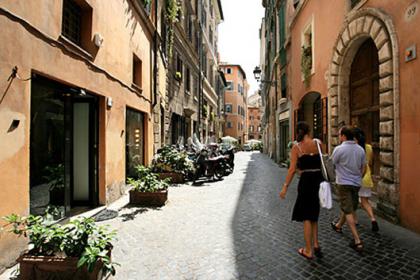
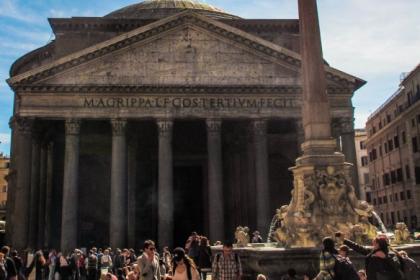
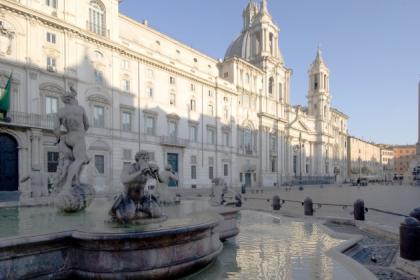
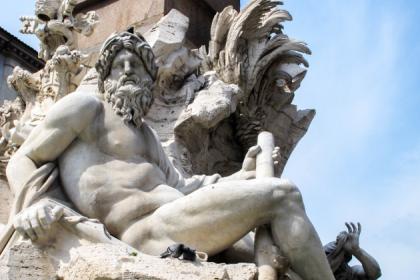
 Condividi
Condividi
Information
The tower is visible from the outside; the inside cannot be visited.
 Condividi
Condividi
Location
To find out about all accessibility services, visit the Rome accessible section.











































